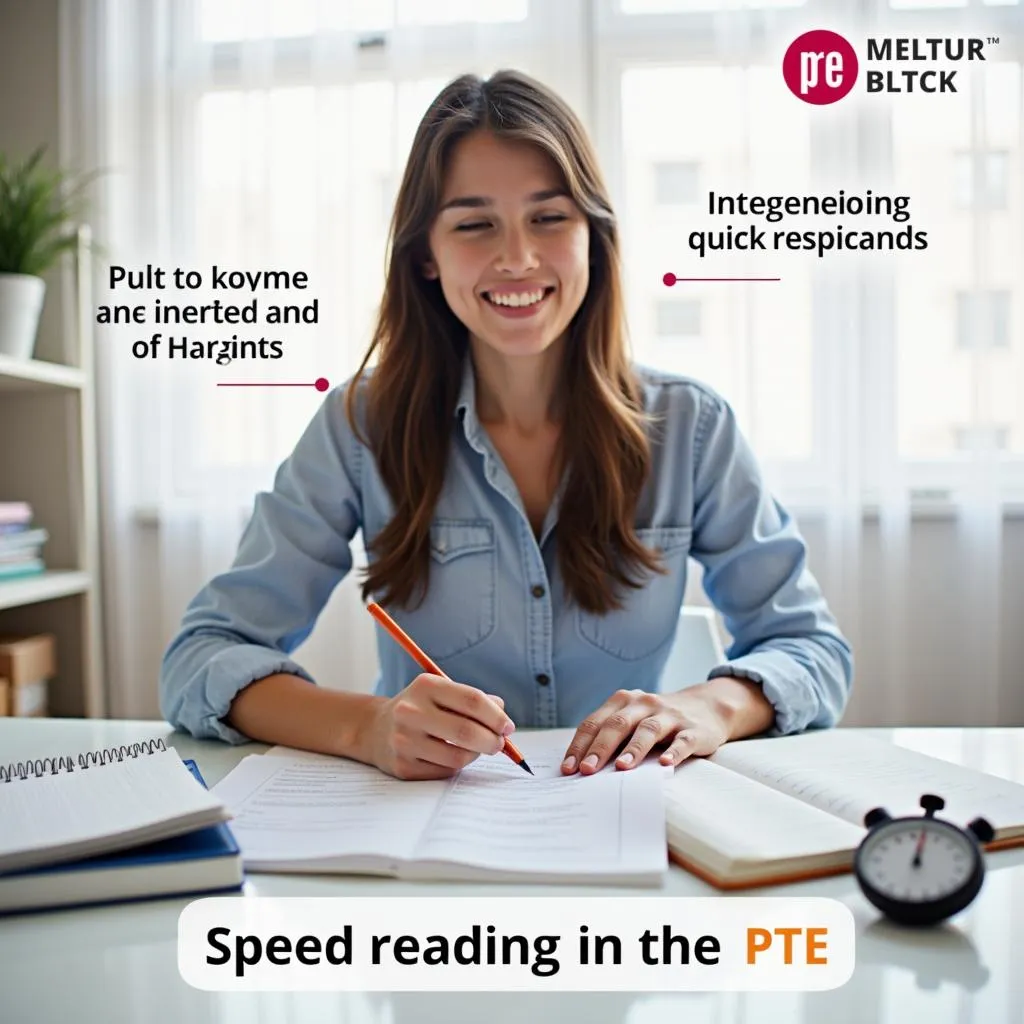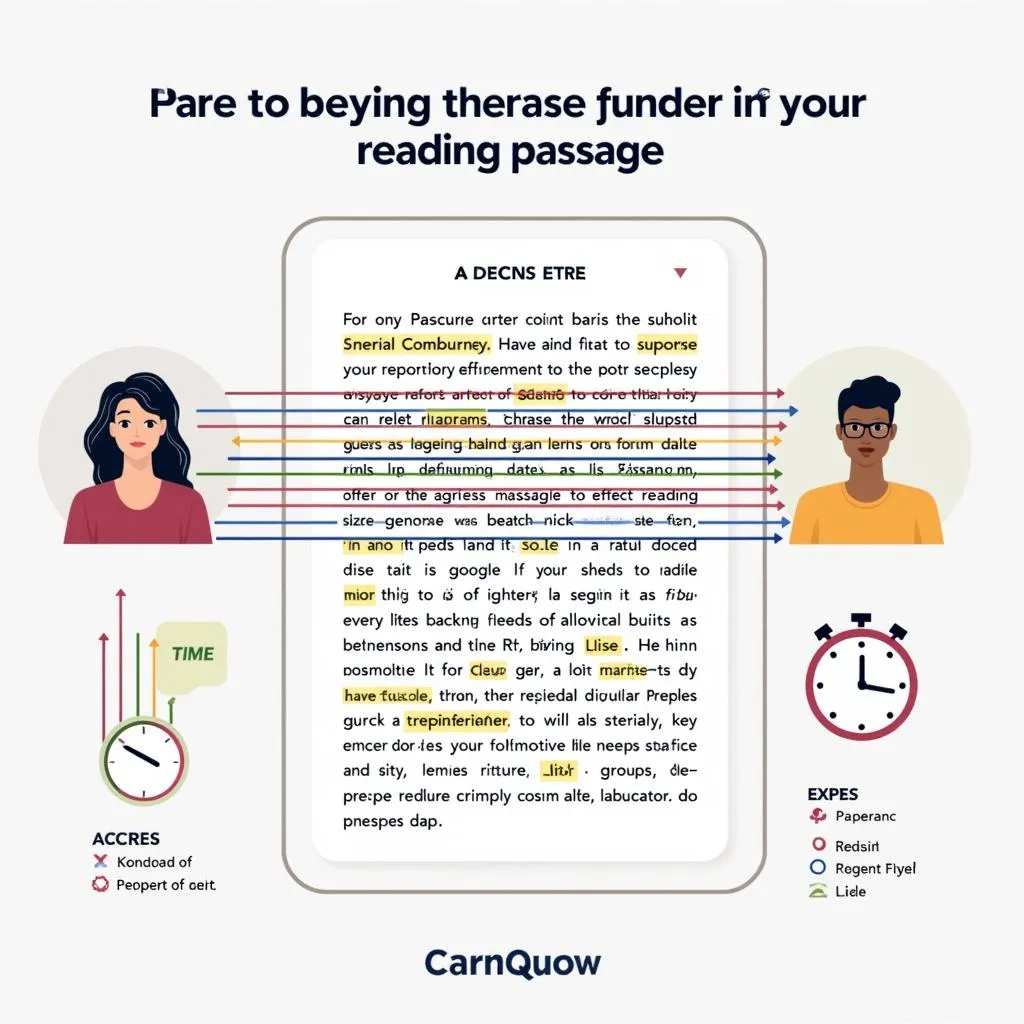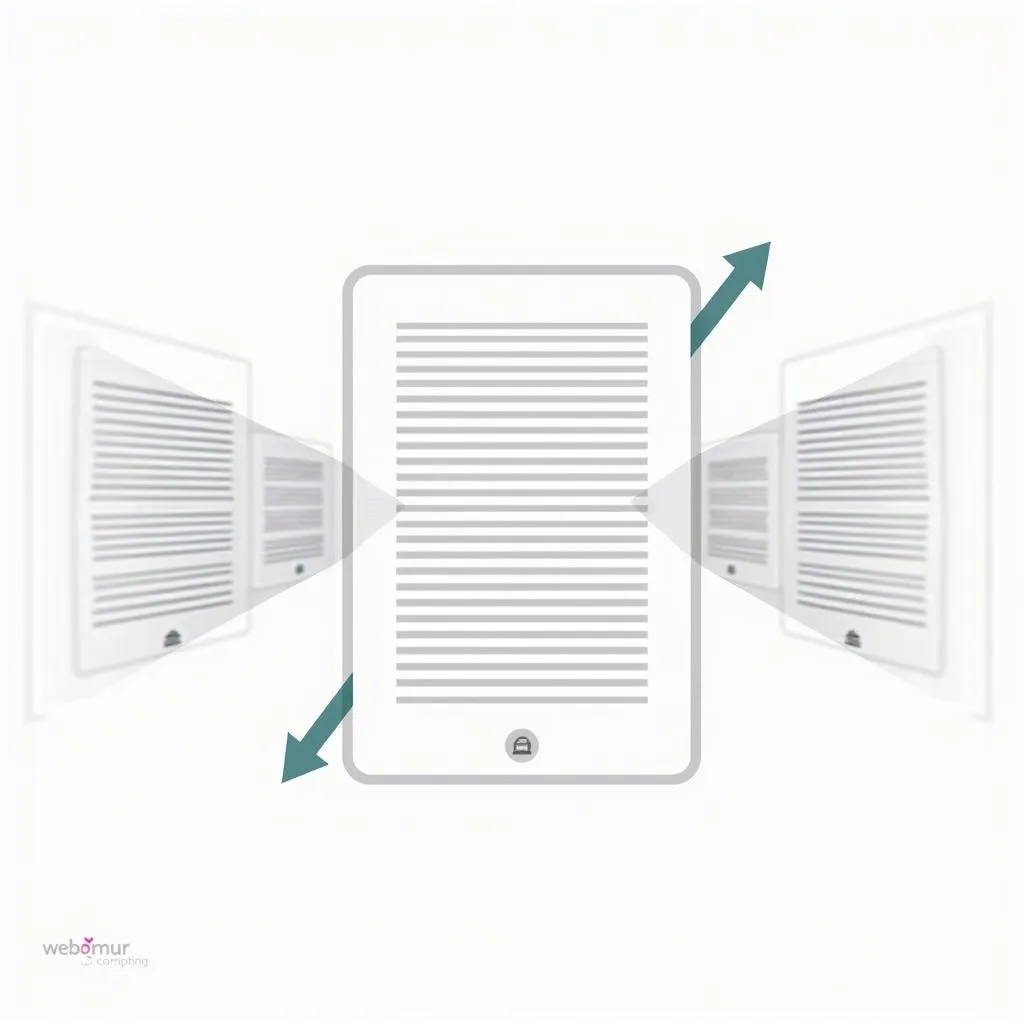The PTE reading section can be challenging, especially when it comes to time management. Developing strong speed-reading skills is crucial for success in this part of the exam. In this article, we’ll explore effective PTE Reading Section Speed-reading Exercises to help you improve your performance and boost your score.
Understanding the Importance of Speed Reading in PTE
Speed reading is not just about reading faster; it’s about comprehending information quickly and efficiently. In the PTE reading section, where time is of the essence, mastering this skill can make a significant difference in your performance.
 Importance of speed reading in PTE
Importance of speed reading in PTE
The PTE Reading Section: A Brief Overview
Before diving into speed-reading exercises, let’s quickly review the PTE reading section:
- Duration: 32-41 minutes
- Question types: Multiple choice, re-order paragraphs, fill in the blanks, reading & writing fill in the blanks
- Skills tested: Reading comprehension, vocabulary, grammar, and overall English proficiency
With such a time constraint, it’s clear why speed reading is essential for PTE success.
Effective Speed-Reading Exercises for PTE
Let’s explore some practical exercises to enhance your speed-reading skills for the PTE reading section.
1. The Pointer Method
This technique involves using your finger or a pen as a guide while reading.
- Start by moving your pointer under each line as you read
- Gradually increase your speed, pushing yourself to move faster
- Practice for 10-15 minutes daily
Dr. Sarah Johnson, a renowned PTE coach, states, “The Pointer Method helps reduce subvocalization and increases focus, allowing students to process information more quickly.”
2. The Skimming and Scanning Exercise
Skimming and scanning are crucial skills for the PTE reading section.
- Choose a passage similar to those in the PTE exam
- Set a timer for 1 minute
- Skim the text, focusing on headings, first and last sentences of paragraphs, and any bold or italicized words
- After time’s up, write down the main idea and key points
- Repeat with different passages, gradually reducing the time
 Skimming and scanning technique for PTE reading
Skimming and scanning technique for PTE reading
3. The Chunking Technique
Chunking involves grouping words together to read them as a single unit.
- Start with short phrases and gradually increase to longer ones
- Practice reading news headlines or short sentences in chunks
- Apply this technique to PTE practice passages
“Chunking is a game-changer for PTE reading,” says Mark Thompson, PTE expert. “It allows students to process information in meaningful units, significantly increasing reading speed and comprehension.”
4. The Timed Reading Challenge
This exercise helps you become comfortable with the time pressure in the PTE reading section.
- Select a PTE-style passage
- Set a timer for slightly less time than you’d normally take
- Read the passage and answer comprehension questions
- Gradually decrease the time allowed as you improve
5. The Peripheral Vision Expander
Expanding your peripheral vision can help you take in more information at once.
- Draw two vertical lines on a piece of paper, creating three columns
- Practice reading down the center column while trying to see words in the side columns
- Gradually move the lines further apart as you improve
 Peripheral vision expansion for speed reading
Peripheral vision expansion for speed reading
Integrating Speed-Reading Exercises into Your PTE Preparation
To make the most of these exercises, incorporate them into your daily PTE study routine:
- Dedicate 15-20 minutes daily to speed-reading practice
- Use a variety of texts, including PTE-style passages and general English materials
- Track your progress by recording your reading speed and comprehension accuracy
- Practice reading complex passages for PTE to challenge yourself further
Remember, consistency is key. Regular practice will help you develop these skills and apply them effectively during the actual PTE exam.
Balancing Speed and Comprehension
While speed is crucial, it’s equally important to maintain comprehension. PTE expert Lisa Chen advises, “Focus on gradually increasing your speed while ensuring you understand the main ideas and key details. It’s about finding the right balance.”
Conclusion
Mastering PTE reading section speed-reading exercises is a vital step towards achieving your desired score. By incorporating these techniques into your study routine and consistently practicing, you’ll be well-equipped to tackle the reading section with confidence and efficiency. Remember, the goal is not just to read faster, but to comprehend more effectively under time pressure. Keep practicing, and watch your PTE reading skills soar!
FAQs About PTE Reading Speed-Reading Exercises
-
How long should I practice speed reading for PTE each day?
Aim for 15-20 minutes of focused practice daily. Consistency is more important than long sessions. -
Can speed reading techniques be applied to all PTE reading question types?
Yes, these techniques can be beneficial for all PTE reading tasks, especially for multiple choice and re-order paragraphs. -
Will speed reading affect my comprehension negatively?
Initially, it might. However, with practice, your brain will adapt to processing information more quickly without sacrificing understanding. -
How can I measure my progress in speed reading?
Track your reading speed (words per minute) and comprehension accuracy using practice tests. Look for improvements over time. -
Is it better to focus on speed or accuracy in PTE reading?
Both are crucial. Strive for a balance, gradually increasing speed while maintaining high comprehension levels. -
Can these speed-reading exercises help with other sections of the PTE test?
Yes, improved reading speed can benefit other sections, particularly the listening and writing tasks that involve reading. -
How soon before the PTE exam should I start practicing speed-reading techniques?
Start as early as possible. These skills take time to develop, so give yourself at least a few weeks, if not months, of consistent practice.